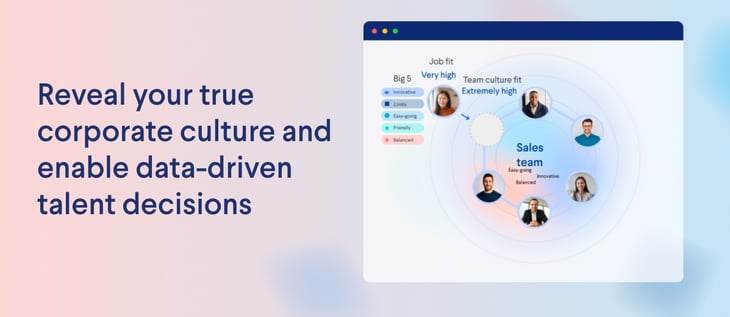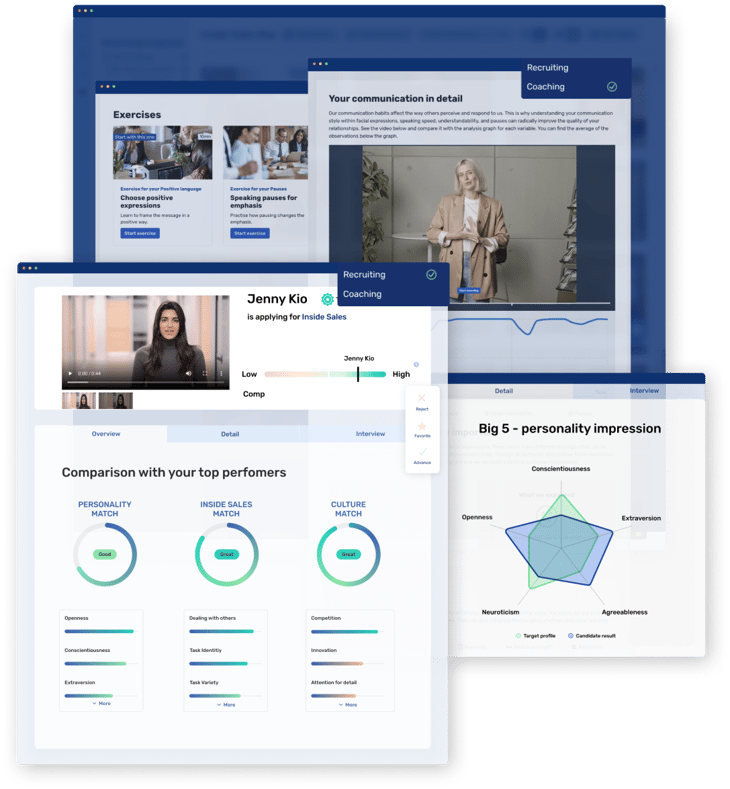“What is the return on learning?”
“How effective are our learning programs?”
These are just some of the questions that have continued to circulate in the minds of HR professionals over the years.
After all, almost every organization trains its workforce, often spending large sums doing so. But what is the use if you can’t measure whether it’s improving business performance?
From tech companies such as Adobe and IBM to professional service firms like Deloitte and PWC, organizations around the world are getting rid of traditional performance appraisals, and instead, bringing in informal check-ins between managers and employees.
In fact, with traditional performance appraisals being abandoned by more than a third of U.S. companies, it’s clear that rethinking performance management is at the top of many executive teams’ agendas, and the way of the future.
So how exactly are top organizations changing the way they develop the capabilities of their workforce? What are the new trends in learning and development that are helping companies stay successful in this volatile business environment?
What’s in this post?
- What is L&D?
- Investing in L&D Equals Investing in Company Culture
- The growth in virtual L&D
- The Role of AI in L&D
What is L&D?
Learning and development (L&D) are one of the core areas of HR management, and hence one of the main responsibilities of any company's human resource department. It is the process by which organizations improve their employee’s competency, skills, and knowledge. In short, without great L&D, employees within a firm lack the skills and knowledge that enable them to grow in their roles and in turn, grow the company.
According to the learning and development strategy created by van Gelder and colleagues, to create an effective learning and development process for an employee, the following four phases are required:
- An analysis of training needs (starting situation)
- Specification of learning objectives
- Design of training content and method
- Monitoring and evaluation
Investing in L&D Equals Investing in Company Culture
One of the biggest assets of a culture is its culture. Happy employees are 12% more productive than those who dislike their positions, and satisfied employees outperform competitors by 20%. Investing in employee learning and development ultimately demonstrates to employees that the organization is committed to their long-term success.
This, naturally, makes them feel more empowers them with ownership over their performance, and fosters a stronger culture within the organization.
Read our full article on the 5 facets of every organization with strong company culture here.
The Growth in Virtual Learning & Development (L&D)
“Compared to instructor-led training, a robust online learning solution would provide far superior coverage in terms of reach, accessibility, and learning content. We wanted a solution that would open new doors and help ensure that every employee has the opportunity to learn,”- Samit Deb, CHRO at Airtel.
2021 was the year that was built on resilience and digital fluency - it was the year when we started to realize that the pandemic normal, that 2020 threw at us, was no temporary shift. As Europe heads into its fourth wave of the Covid-19 pandemic, we are all coming to grips with the sudden and extraordinary circumstances that are, in fact, here to last.
As organizations pivoted from instructor-led training (ILT) to blended online learning, many managers noticed the multitude of benefits that online-based training platforms offered, without compromising on quality or engagement.
There is no one size fits all approach to L&D. From in-person mentorships, and online video courses to onboarding programs, L&D comes in many different shapes and sizes. Regardless of what it looks like, a 2021 study by L&D professionals boiled L&D’s priorities into three central topics, namely:
- Upskilling and reselling
- leadership and management
- Virtual onboarding

The Role of AI in Learning & Development (L&D)
It’s safe to say, AI is no longer something of the distant future. The world has witnessed a mega-trend in machine learning and AI over the last few years, with forecasts predicting that the worldwide AI market will grow by $120 billion by 2025.
AI sounds complicated, but it is generally based on statistical methods combined with computing power, by means of which large amounts of data are processed. From the customer support bot, you chatted to last week to your neighbor's new self-steering car, AI is ingrained into many aspects of everyday life.
So how exactly is artificial intelligence becoming a game-changer in the L&D arena as well?
The competition for talent has gotten fierce, and AI is essentially becoming a way for companies to gain a competitive edge in this tech-driven landscape today.
In fact, artificial intelligence is shaping the future of learning by creating new dimensions, and redefining the concept of training employees by:
- Making global training scalable
- Measuring training effectiveness
- Allowing employees to gain self-awareness
- Providing trainees with honest feedback, no judgment
- Using AI data for pattern recognition
Artificial intelligence creates a way for organizations to not only interactively onboard their staff from a virtual setting, but continuously train their employees, find success patterns, and provide employees with a safe space to develop their skills and receive feedback without judgment of others.
Take, for instance, the tech start-up Retorio. Retorio’s AI makes it possible to capture your own team on video and learn what makes your people and culture special. By comparing the traits and behaviors of your top performers with those at the bottom, employers are able to understand their team’s performance and find out why some people in the organization thrive, while others don’t. Furthermore, this allows employers to benchmark candidates against their best people and predict how well possible candidates will fit into your team.
Click here to learn about how Mark Gray, Director of People at Proper, uses Retorio to identify top talent within his salesforce, and in turn, understand what skills to look for in future candidates.

As the AI industry develops, there is an increasing likelihood that more and more companies will leverage the benefits of AI to attract and develop their workforce and gain a crucial competitive edge.
If you'd like to see how Retorio can help organizations identify success patterns within a workforce and train and develop employees, you can try out the AI for yourself by clicking below.


